The Apple Watch Series 2 Review: Building Towards Maturity
by Brandon Chester on December 20, 2016 8:00 AM EST- Posted in
- Wearables
- Apple
- Apple Watch
- Apple Watch Series 2
Rethinking watchOS
watchOS 1 was good as a first attempt at creating an operating system for smartwatches, especially when one considers that the idea of what a smartwatch is was still up in the air at that time. However, there were obvious issues with the interface, and when I think about the changes that Apple has made since that time it’s apparent to me that these issues stemmed from that unsureness about what would actually define smartwatches as a product. watchOS 2 didn’t really make many big improvements to the overall UI and interaction model on the Apple Watch. It only came out around half a year after the launch of watchOS 1, and much of the focus was on fixing the really serious flaws in the operating system, as well as deploying the WatchKit API so developers could design applications that actually run on the Apple Watch's hardware instead of remotely on the paired iPhone.
With watchOS 3, Apple is taking the opportunity to re-evaluate initial decisions made about how watchOS works. After one and a half years since of the Apple Watch being in the hands of consumers, there’s a better understanding of how users actually use smartwatches. It turns out that some of the big features that Apple advertised with the original Apple Watch have basically gone unused, and have been de-emphasized in the operating system as a result. In doing so, Apple has opened up parts of the interface for new features to be added based on what features users actually do utilize.
When upgrading to watchOS 3 or starting up a new Apple Watch, the interface looks just like watchOS 1 and 2. However, there are some obvious changes that Apple has made, starting with the addition of new watch faces and complications. There are two new Activity watch faces, along with a Minnie Mouse watch face to complement the existing Mickey Mouse face, and a new minimalistic watch face called Numerals. Apple has also made it easy to switch between watch faces by swiping from the edges of the display. I’ve found this to be quite useful, as I like having the Activity Digital face available, but it’s quite dense with information so I often use the Numerals watch face and swipe over to Activity in a situation where it’s more relevant. This wouldn’t be feasible with the previous model of force touching the display and swiping over to another face, which still exists but is really only useful to access the customization options for each face.
Beyond the watch faces, users will notice changes when they first try to open the old glances screen or the friends screen that was triggered by the pill-shaped button on the side of the case. Both of these functions no longer exist in their original form. In the case of the friend screen, you can now send messages and use Digital Touch to communicate with anyone via the Messages app. This definitely makes it more difficult to access these features compared to before where it was a single button press away, but in my experience the only time I ever saw that screen was by accident when the watch failed to recognize my double tap on the side button to access Apple Pay.
As for glances, the screen has been removed from the operating system, but the core idea lives on in another form. In theory, glances provided a way to quickly access relevant information from applications. In practice, they often ended up being a strange middle point between the concept of a complication and a full blown app. In some situations, they would display information relevant to the current context, like the current song in the now playing glance, or the weather in the weather glance, and you could tap them to open their associated application. Others like the heart rate glance didn’t have any associated application, and basically acted like an application that was only accessible from the glances screen. There was also the issue of applications not being loaded when tapping on a glance, which would lead to a huge delay and sometimes a loss of context when the application finally loaded.
watchOS 3 introduces a new app caching model that makes glances obsolete for the most part. However, it’s still necessary to have a way to quickly access commonly used applications. To solve this problem, Apple has introduced a new app switcher called the Dock which can be accessed using the pill-shaped button that was previously used to access the friend screen. This screen can have up to ten applications which are selected by the user, plus one slot for the most recently used application that isn’t pinned in the list. These applications are kept cached in memory, which means they can be rapidly resumed when opened. This provides quick access to common applications, while also solving many of the issues that the Apple Watch has had with long app load times. In general, you’ll only use a small number of Apple Watch applications frequently, and being able to keep ten of them cached in memory with near-instant loading alleviates the load time issues for those key applications.
With Glances gone, Apple was able to make a new screen accessible by swiping up on a watch face. The new screen is essentially a version of Control Center for watchOS, and it expands upon a similar feature that existed in the Glances screen in previous versions of watchOS. By implementing the screen more like an application and less like a glance, Apple is able to add more functionality by making it a scrollable layout. There’s now a view that displays the current battery level, which is useful now that there’s no Glance to provide the same information. There’s also a button to manually lock the watch, and on the Series 2 a button that is used to eject water from the casing via the speaker after the watch has been submerged.
Pressing the Digital Crown still brings you to the Carousel screen, but as I mentioned above, the Dock provides access to most of the apps that a person uses frequently, so it’s not often that one has to go to the Carousel and try to tap on tiny icons to open apps. With that in mind, it is kind of odd that the button which is most analogous to the iPhone’s home button brings you to a screen that you rarely want to go to, but I suppose that the removal of the friend screen meant that putting the Dock in its place was the most reasonable decision rather than also changing how Carousel is accessed just so the Dock would be tied to the Digital Crown.
In general, the new application caching in watchOS 3 has made applications genuinely useful where they weren’t previously simply due to long load times or issues with the app never loading at all. The improvements made to the SiP in Series 2 also play a large role in speeding up app load times when apps aren’t cached in memory. However, as someone who used the original Apple Watch on watchOS 1 and 2, the awful performance back then has essentially conditioned me to not use applications on the watch, and I’ve had to actively think about using the apps on the watch now that they’re actually reliable. This won’t be an issue for new adopters, but I think anyone who is familiar with the original app experience on the Apple Watch will have the same aversion to using the apps that I do. In that sense, it’s important for Apple to maintain the quality of the user experience in order to mend the trust of users who were turned away by the problems that existed in the past.



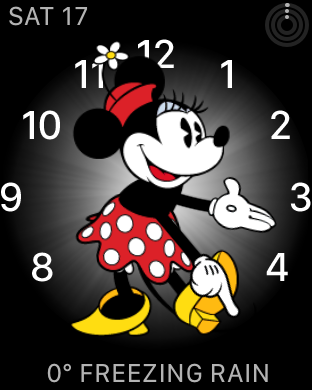
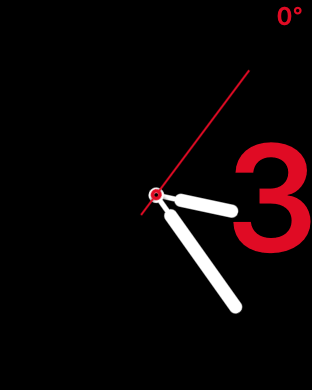
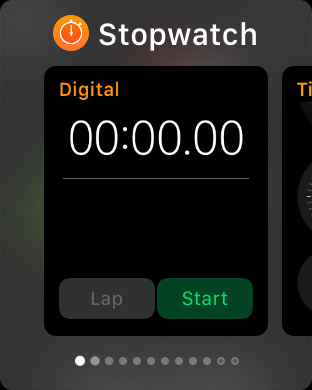
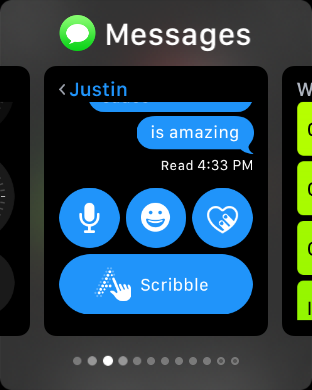
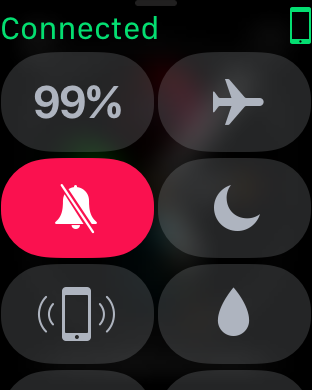
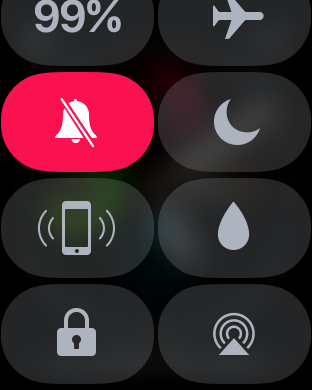

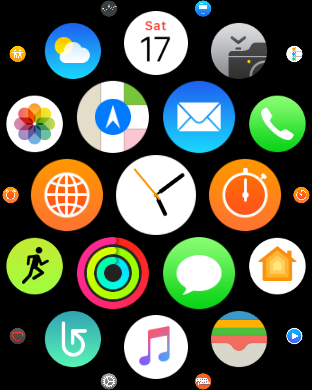
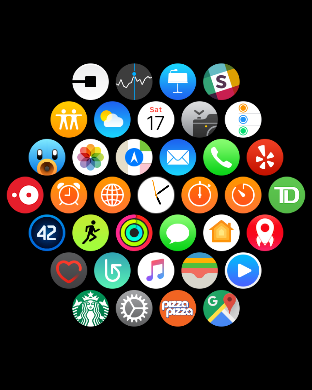








126 Comments
View All Comments
wumpus - Wednesday, December 21, 2016 - link
Can you program it at all?All I need a "smart watch" to do:
Start/stop a run tracking app.
Optional extras (biggies):
display time elapsed during run
cycle between time/heart rate/pace
show current time when not running (especially if insufficiently clunky)
display phone number/name of whose calling
I might find other apps after purchase, but those are the issues I need. Pebble was launched primarily on runkeeper integration, but failed hard (especially hard is the start/stop functionality: being able to lock your phone and put it in your pocket would be key.
michael2k - Tuesday, December 20, 2016 - link
By that measure, why buy an iPhone when you've got $400 laptops and $99 Android phones?sadsteve - Tuesday, December 20, 2016 - link
Heh, I didn't buy an iPhone. My new laptop was $650 (had separate graphics card with 2GB memory) and my Android phone was only $29.Ratman6161 - Tuesday, December 20, 2016 - link
You are asking the wrong question :). The question (for people who already own iPhones) is why buy the watch when I already own the iPhone? Keeping in mind the reviewer makes a fairly extensive case to say that the watch is an extension of the phone and not a stand alone device. So the question is, what does the watch add to the overall picture? By the way, I'm a Samsung phone user (Note 5) but I'm not buying the Samsung watch either.So what does it add to the experience? What I'm mostly interested in is fitness tracking. I could see how such a thing, or a fit bit etc could be helpful to someone just getting started. But for those of us who have been at it (fitness) for a while - going on 20 years for me - all I need is a simple heart rate monitor and I don't even use that all the time. After a while you get to know what a certain heart rate feels like based on breathing and don't really need the readout except as an occasional check. On my bike, I need speed, distance and cadence in addition to hear rate. Speed and distance could be calculated from GPS data but cadence (rotations per minute of the crank arms) has to come from a sensor on the bike. The racers and others more hard core than me also measure their power output. I don't see anything like a smart watch being able to really replace a specialized bike computer.
I also don't want one expensive device that isn't useful without also having a different expensive device.
Ratman6161 - Tuesday, December 20, 2016 - link
PS: OK, I know this is a personal bias. But my first thought when I saw the picture at the beginning of the story was "it looks like a cartoon".Cliff34 - Wednesday, December 21, 2016 - link
Personally, I don't need all the data to track speed, HR and distance. I used to do triathlon and thos things matter bc I need to know how far and fast I am training.But for the everyday user, where fitness is more for health reasons rather than athletic performance, it is a bit over kill.
Sure you can be the data geek to find out and graph how much training you've been doing. But the data is more to show than for actual athletic improvement.
During my triathlon era, we often joke that the time we spent tracking and 'analyzing' our data can be better spent putting in more hours to get the body fitter (and faster).
Right now, i am not training to race now. So i just run or exercise however I feel like it. The only data i track is my time and that you don't need any fancy gadgets.
rhysiam - Wednesday, December 21, 2016 - link
While I agree that all the fitness tracking features are "a bit overkill", in the end of the day loads of people find them helpful. It's not really about the tracking data, it's about the reward system such data makes possible. From a psychological perspective, gaining rewards, however trivial, ultimately reinforces our behaviours. There is a whole industry of repetitive, reward based games that tap into this (Pokemon GO being the most successful example of late).Fitness trackers, settings goals, gaining rewards, etc., are mostly based on a similar behaviour -> reward -> behaviour loop. While I'm sure we'd all love to be entirely self motivated and not require any external rewards, in the end of the day if those things help some people get up and active instead of hitting the snooze button again, or just staying in front of a screen, who really cares?
Flunk - Tuesday, December 20, 2016 - link
Not that many people do, Apple controlled a shrinking 11.7% of the smartphone market as of Q2 2016.IDC: http://www.idc.com/prodserv/smartphone-market-shar...
KoolAidMan1 - Thursday, December 22, 2016 - link
And yet they still dominate app revenue, mobile ad revenue, mobile internet traffic, and smartphone profits.Whoever is buying those iPhones is using them a hell of a lot more than whoever is buying whatever else is out there, that much is clear.
jospoortvliet - Sunday, December 25, 2016 - link
I would guess this has something to do with the big 'installed base' and longer life cycle for iPhones. Also because their owners are more likely to be well off (iPhone markets hare is higher in the us than India or afrika -- surprise).And absolute sales is the decreasing, relative sales is. There is a shift, though, with some countries selling very few iPhones to the point where local app development for Apple becomes less of a priority (Spain is an example). This is of course a risk for Apple- if they loose their spot of top app development target or even become not-a-target they will fall in a vicious circle of people not buying their device especially for lack of apps and developers not developing for lack of users. They are not there yet is most of the world but in some regions, as I said- getting close.